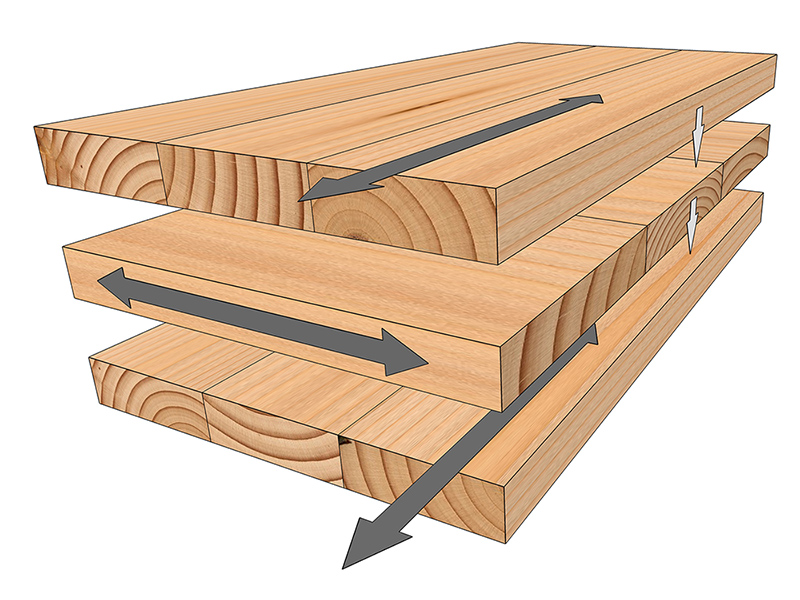In the ever-evolving realm of construction, innovation continues to reshape the way we build our structures. One such innovation that has gained significant attention is Cross-Laminated Timber (CLT). With its environmentally friendly properties, structural versatility, and potential to revolutionise modern methods of construction, CLT is emerging as a game-changer in the industry. In this blog, we’ll delve into the world of CLT and explore how it’s transforming the way we create sustainable, efficient, and aesthetically pleasing buildings.
The Rise of CLT: A Brief Overview
Cross-Laminated Timber, often referred to as CLT, is an engineered wood product that consists of layers of timber boards stacked perpendicular to one another and bonded with adhesive. This cross-lamination enhances the material’s structural stability and load-bearing capacity, making it suitable for a wide range of construction applications. Initially developed in Europe, CLT has gradually gained recognition worldwide as a sustainable alternative to traditional building materials like concrete and steel.
Benefits of Using CLT in Modern Methods of Construction:
1. Sustainability at Its Core
In an era where sustainability is paramount, CLT shines as an eco-friendly building solution. It’s crafted from renewable resources—wood sourced from sustainably managed forests. Unlike concrete and steel, CLT production generates fewer carbon emissions, making it a crucial player in mitigating the construction industry’s environmental impact.
2. Speed and Efficiency
CLT panels are prefabricated off-site, leading to faster construction times and reduced on-site labour requirements. This modular approach not only accelerates project completion but also minimises disruptions to local communities and reduces waste generated during construction.
3. Design Flexibility and Aesthetic Appeal
CLT’s versatility extends to design flexibility. Its exceptional strength-to-weight ratio allows architects and engineers to explore creative architectural forms while maintaining structural integrity. Additionally, the natural warmth and beauty of wood create inviting and aesthetically pleasing spaces, contributing to occupants’ overall well-being.
4. Seismic Performance and Durability
CLT’s layered construction grants it inherent seismic resistance, making it a robust choice for earthquake-prone regions. With proper maintenance, CLT structures have the potential to last for decades, offering a durable and reliable option for long-term construction projects.
5. Improved Insulation and Thermal Performance
Wood’s inherent insulating properties, coupled with CLT’s layering, result in impressive thermal performance. CLT buildings can maintain stable indoor temperatures, reducing the need for excessive heating or cooling and contributing to energy efficiency.
Challenges and Considerations:
While CLT offers numerous benefits, there are some challenges to be mindful of. These include fire resistance, moisture control, and ensuring a consistent supply of quality timber. However, ongoing research and advancements in CLT technology are addressing these challenges, making the material even more viable for a broader range of projects.
In conclusion, Cross-Laminated Timber represents a paradigm shift in modern construction methods, offering a blend of sustainability, efficiency, and architectural freedom. As the world continues to prioritise eco-friendly solutions and innovative approaches to building, CLT stands as a testament to human ingenuity and the potential to create a harmonious balance between nature and urban development. With its remarkable attributes and ongoing advancements, CLT is undoubtedly carving a path towards a greener and more sustainable construction future.

